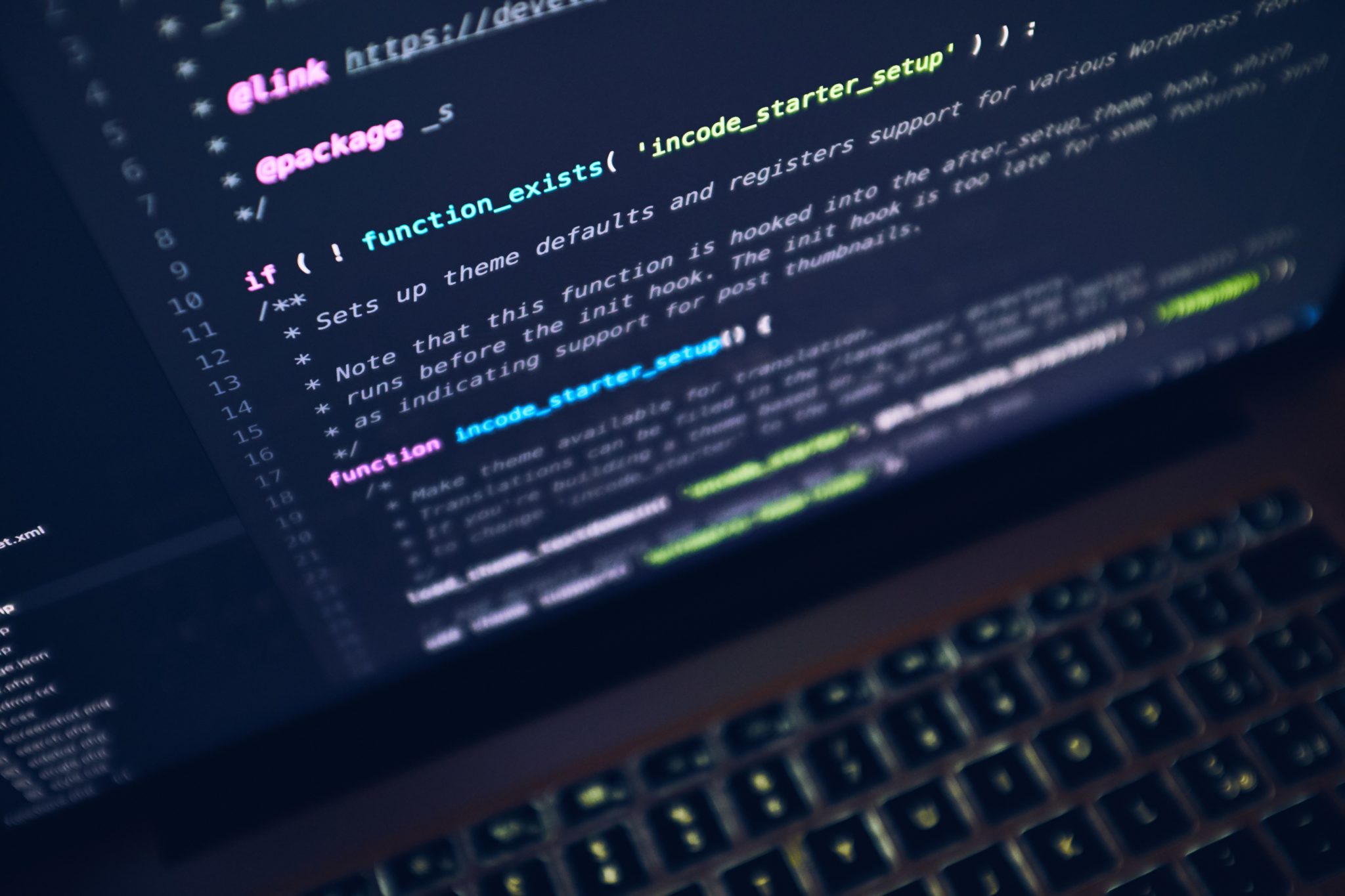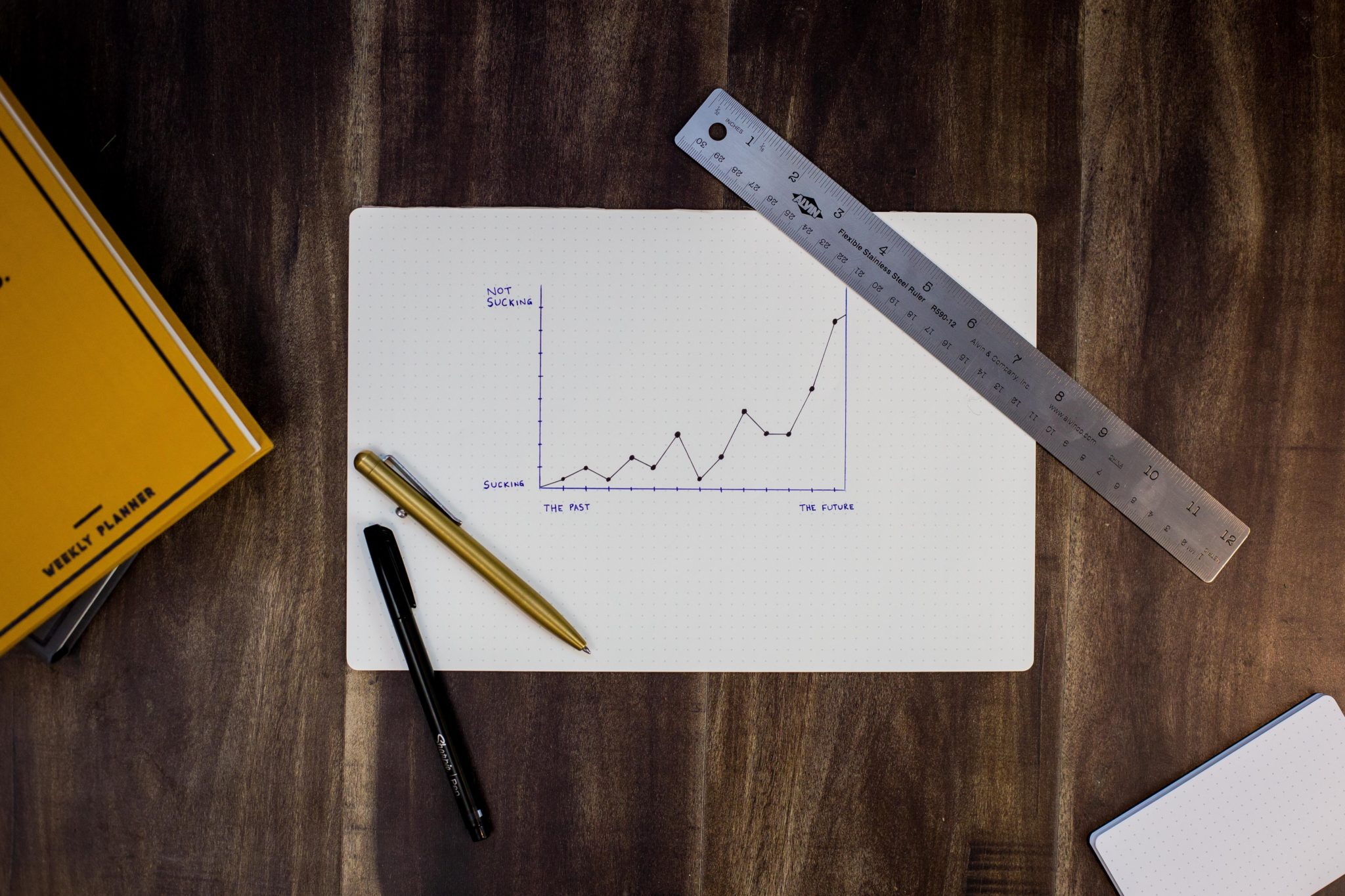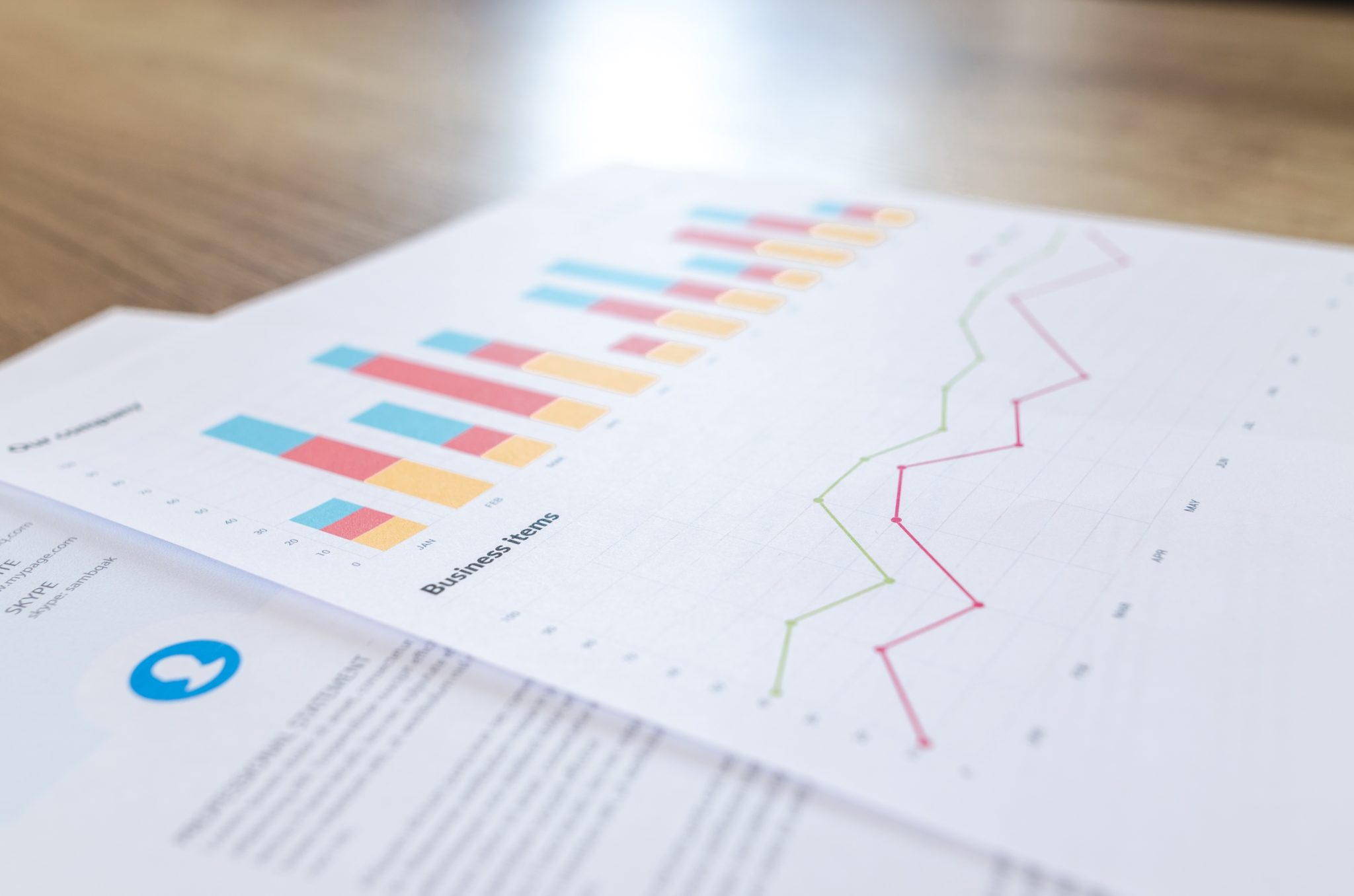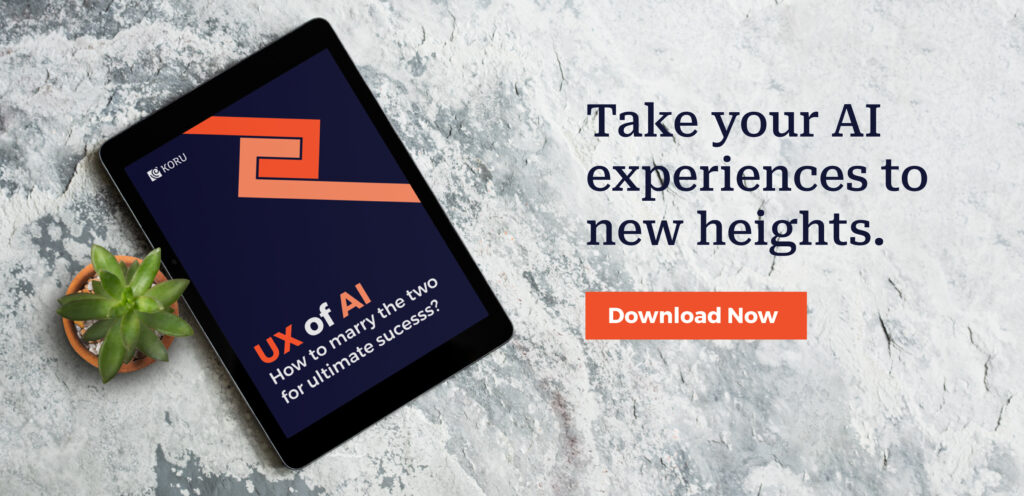So, our marketing manager walks into the office one day, donning this t-shirt which says, “Alexa, play everyone who played me.”

And I thought to myself, if that were indeed to happen, Alexa would precisely play everyone who specifically played her. You see, this AI-powered assistant knows all the specifics about you so well that it never wastes time coming up with anything remotely generic.
Uber’s self-driving cars, Amazon’s delivery drones, chatbots — the robotic revolution is only getting started. That’s the gift of Artificial Intelligence, and most of humankind is wowed by it. It’s just the tip of the AI iceberg.
Application of AI in Enterprise UX Design

Artificial intelligence systems include predictive systems, audio processing, speech to text, and natural language processing. AI systems and human intelligence are two diametrically different entities. However, they possess certain complementary features for businesses to leverage. For starters, we can take the example of menial tasks being performed by UX researchers, such as data structurization or tabulation.
AI tools can perform these tasks effortlessly, leaving humans to take up things that call for judgment and empathy. Whereas, humans can never match the speed and efficiency of AI systems with regards to data organization and presentation.
Here are some enterprise UX avenues where AI is expected to make a positive impact –
Building smart algorithms

AI tools are perfect for processing tons of data – and data is what enterprise systems have in abundance. These tools can process information about how users go about using the application and devise a model that will optimally suit their functions.
Running consistent data analysis with AI tools is a cost-effective way of improving the UX to offer users an experience that is engaging and personalized, boosting their productivity.
Quantitative usability testing methods

The true worth of AI tools is revealed when they are put to use during quantitative usability testing methods such as surveys, eye-tracking, etc. AI technologies enable machines to perform tasks that couldn’t previously be performed without human inputs such as learning, reasoning, solving problems, and adjusting to new data.
When applied in conjunction with machine learning systems, they would be expected to track and evaluate various UX metrics including user behavior, session durations, workflows, and more. This voluminous data when put together will throw up comprehensive details regarding user behavior.
With regards to testing a product or a process in the future, it can help in identifying potential areas of improvement, present ways to execute the optimization, implement the changes, run tests and tabulate data on performances. Basically, save considerable man-hours and resources.
Eliminating prejudices while testing

Unlike humans, AI tools do not possess any inherent biases that can end up clouding test outcomes. As humans, it can seem difficult at times to maintain absolute impartiality, as the human temperament is hard to contain.
Take A/B testing, for instance. Being impartial can be difficult in split testing. AI, on the other hand, is expected to perform analysis based entirely on data and facts and figures, which can bring about unbiased and accurate results.
That said, AI is merely as good as its data

Imagine that an AI tool being used to help a customer service agent using a CPQ software in decision making. For the AI tool to be able to provide the best form of support, it has to base its suggestions on the data bank it has. This basically means that the quality of the support provided by the AI tool rests solely on the quality of the data it analyzes. And this, in turn, means that an efficient AI tool has to be built on a foundation of relevant and quality data.
This is why we’re back to the basics – trusting human intelligence to ensure that artificial intelligence tools are devised in the right manner. Gartner predicts that 70% of organizations will integrate A.I. by 2021 to support employee productivity. AI in Enterprise UX Design plays a huge role.

It does sound alarming, but those designers and analysts concerned about the AI advent robbing them of their jobs have nothing to worry about. While AI will do an efficient job of collecting and analyzing voluminous and complex data, it’s application and usage would still depend on human acumen.









